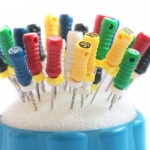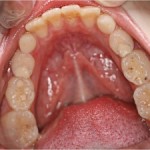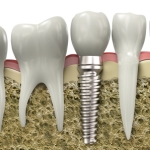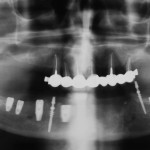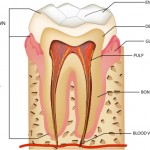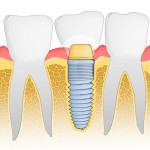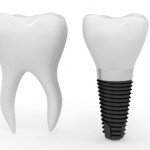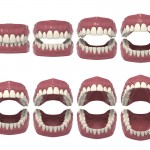
As teeth are lost masticatory efficiency declines and this may have a negative impact on diet which may be of particular relevance in older people. The aim of this trial was to assess the effects of mandibular implant overdentures (IODs) on the nutritional status of an edentate elderly population. Participants were randomized to receive either [read the full story…]
